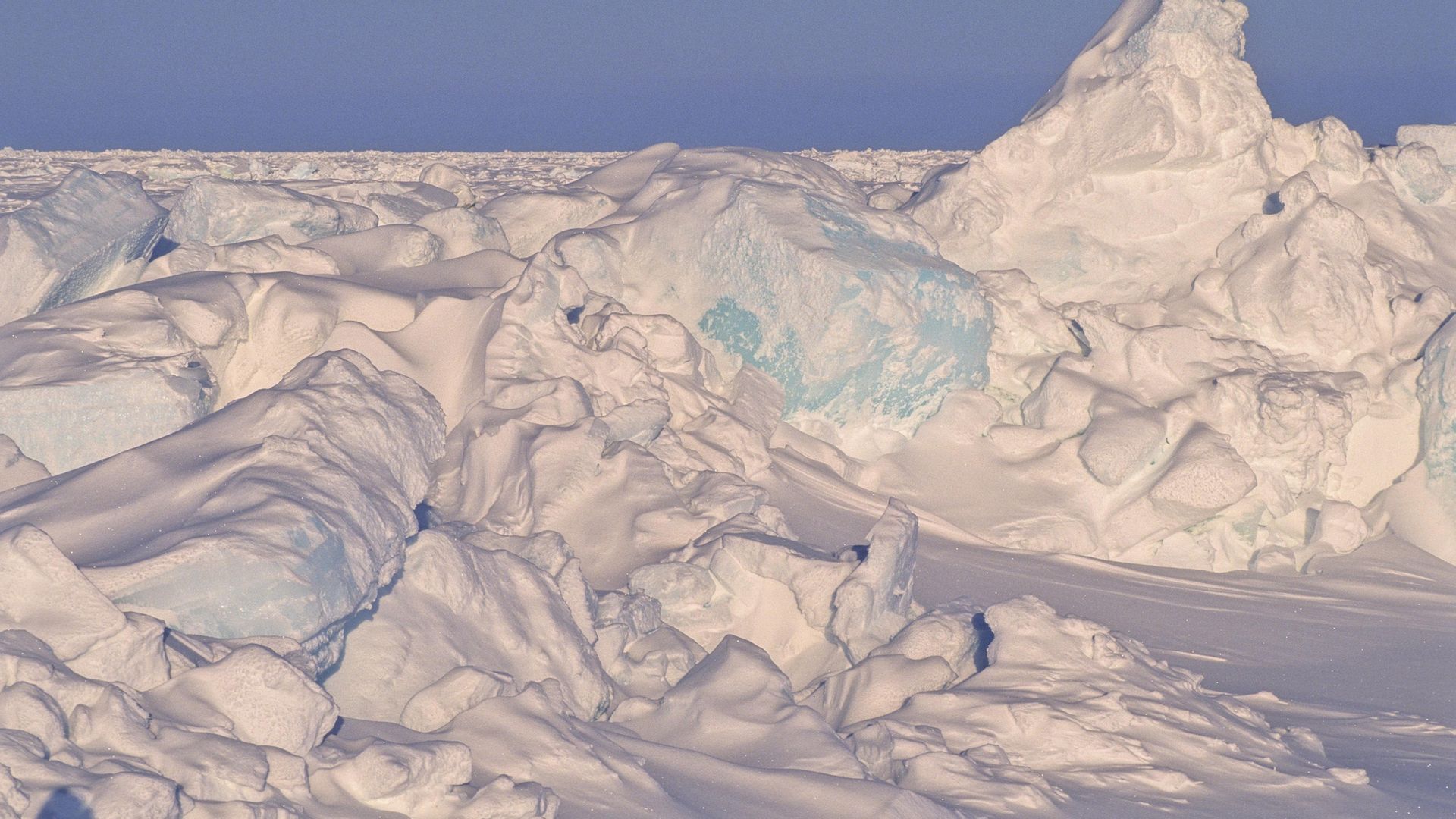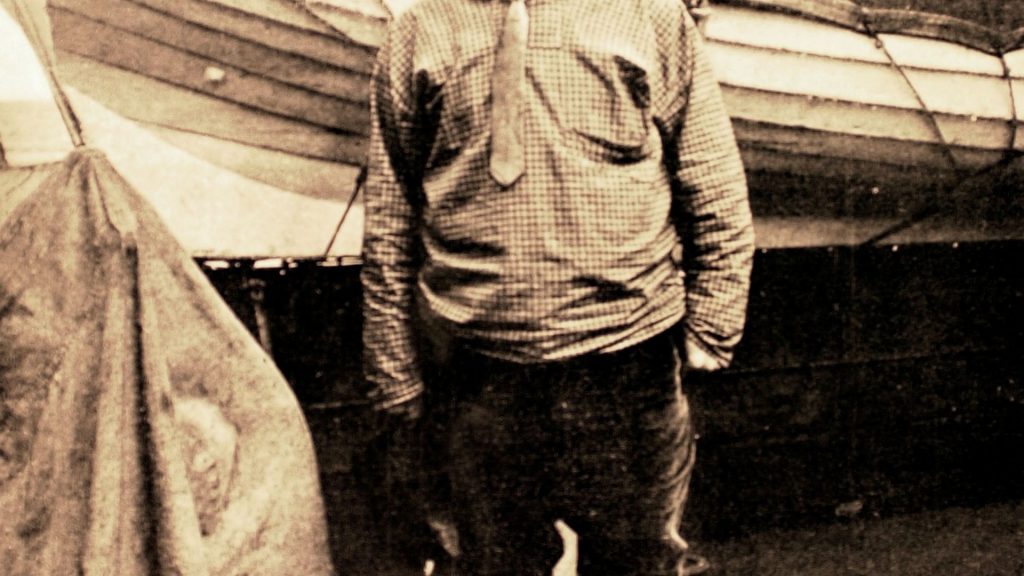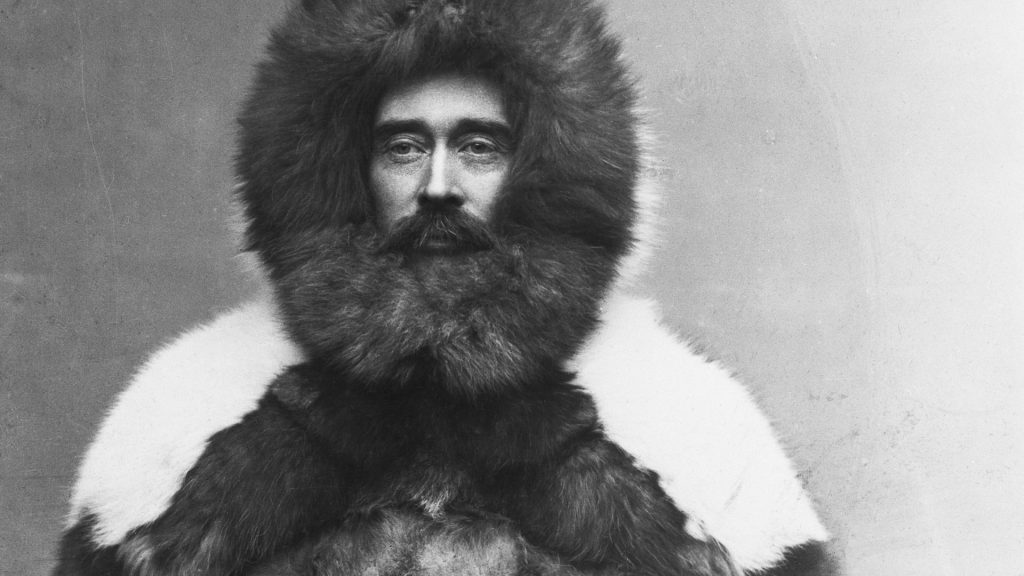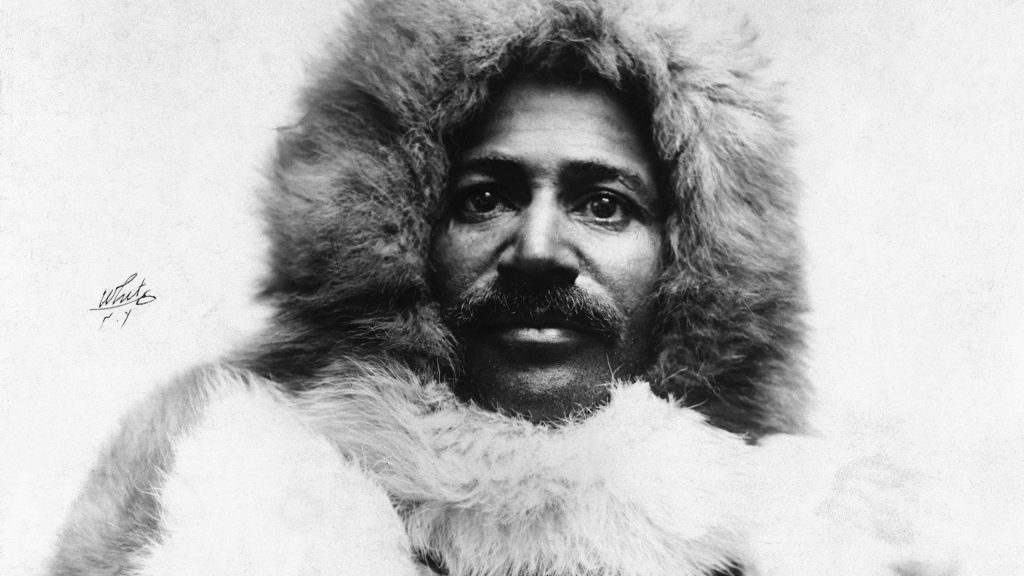
MICK O’HARE attempts to disentangle the century-old mystery of who was the first to set foot on the top of the world.
When Robert Falcon Scott reached the South Pole on January 17, 1912 he found a tent. Inside was a letter from his Norwegian rival Roald Amundsen wishing Scott well and letting him know that he’d been beaten to the pole 34 days earlier. “This is an awful place and terrible enough for us to have laboured to it without the reward of priority,” wrote Scott. He and his four colleagues, of course, died on their return journey creating a legacy that, at least in the English-speaking world, possibly overshadows that of Amundsen. However, what was established without doubt was who had got there first.
For historians of polar exploration that could be regarded as something of a luxury. Because for many years – and the arguments rumble on today – the same could not be said of the North Pole.
While both magnetic poles drift over time due to the Earth’s shifting internal structure, the geographic South Pole is, of course, a fixed point on a continental landmass. And while, quite obviously, the North Pole is also a fixed point it is located on the seabed beneath a shifting body of sea ice. And the ice moves rapidly – when the Soviet Union established the first Arctic polar research station in May 1937 its inhabitants were picked up by ship the following February after travelling 2,850 kilometres from their starting point.
If you left a tent and a note, as Amundsen did, they would simply drift away. Which meant that finding the North Pole, especially with the instrumentation of a century or more ago (little more than a sextant, a chronometer and a notebook), was onerous in itself. Not only that, some of those who laid claim to getting there first had reputations and characters of dubious provenance. It’s all been a bit messy.
Explorers had been forging their way northwards for centuries. A few expeditions ended in disaster with explorers marooned and ships crushed by ice but by 1899 Italian duke Luigi Amedeo had made it as far north as 86° 34’ minutes – still more than 300 kilometres from the pole located at 90°. Humans were closing in and in the next decade two competing explorers would declare they had reached the pole.
First up was American Frederick Cook who claimed he had made the pole on April 21, 1908 alongside two Inuit men Ahwelah and Etukishook. But on his return his honesty was brought into question when former climbing companions suggested Cook’s claim to have climbed North America’s highest mountain, Mount McKinley (now called Denali) in 1906 was false. It got worse – Cook admitted he hadn’t brought back records of his polar journey. They had been “left behind” in Greenland.

So attention shifted to his American rival and former colleague, Robert Peary. Cook had accompanied Peary on numerous missions and in 1891, as expedition surgeon, had saved Peary’s broken leg. But, as was often the case with Peary’s cohorts, they had their disagreements and had gone their separate ways.
Shortly after Cook’s claim became public knowledge – he had spent the winter of 1908 on Devon Island in Arctic Canada awaiting favourable weather – Peary announced he too had been to the pole. Unfortunately Peary’s reliability turned out to be as doubtful as Cook’s. Fergus Fleming, author of Ninety Degrees North: The Quest for the North Pole, went so far as to call Peary “the most unpleasant man in the annals of polar exploration”. Certainly Peary was an imperious, supercilious individual, once declaring “I must be the peer or superior of those about me to be comfortable” as well as telling his mother that “I must have fame”. Michael Bravo, historian at the Scott Polar Research Institute in Cambridge, says Peary “possessed an uncompromising, imperial vision”.

Alongside companion Matthew Henson, and four Inuit men Ootah, Seeglo, Ooqueah and Egingwah, Peary claimed to have reached the pole a year after Cook on April 6, 1909. However question marks were raised about his accuracy. He had no navigational training, his records were slapdash and, for the two days he said he spent at the pole, non-existent (paper slips with navigational records were only inserted later).
The speed he insisted he achieved meant he could only have reached the pole travelling in a straight line, yet Henson’s log noted the tortuous detours they faced. “It was incumbent on an explorer to be able to demonstrate their measurements and record-keeping were accurate and credible,” says Bravo, “otherwise their peers and the public might not be convinced.”
And if they did reach the pole it appears that Henson, walking ahead of Peary, got there first, waiting for the others to catch up before declaring he was first to “sit on top of the world”. Henson was an African American who accompanied Peary on all his previous expeditions while others, unable to deal with Peary’s overweening attitude, had stepped aside.

Peary was aware that without Henson’s effective leadership he would never have got so far – Henson arranged the sledges, supplies, dogs and spoke Inuktitut – but the fact that he had been beaten to the pole and by a black man meant Henson’s loyalty counted for nothing. Peary wanted the glory and they barely spoke again. And while Peary would appear on the front of the New York Times, receive the thanks of the United States Congress and for a long time – despite the misgivings – be lauded as the first man to the North Pole, Henson lived out his life as a customs clerk in New York, only belatedly being recognised by presidents Truman and Eisenhower.
So it seemed both claims were – at best – unreliable. But the mystery became more intractable when it transpired Cook had given his missing documents to Harry Whitney, an American adventurer who had travelled to Greenland just as Cook was returning from his trek. Whitney later requested passage back to the United States on Peary’s ship and the story goes that Peary would not allow Cook’s records on board.
Whitney says he buried them near the Greenland shoreline. It immediately put him at the heart of the controversy although he refused to take sides. Why had Peary not allowed Cook’s ‘proof’ on board? And why had Cook given his documentation to Whitney?
To cut both Cook and Peary some slack – whether or not they deserve it – they were using primitive instrumentation while trying to find a seemingly shifting spot amid a frozen sea. Can modern science come to their rescue, either verifying their claims or at least revealing they had made an honest stab at reaching their goal?
Canadian meteorologist Wayne Davidson has studied the refraction of atmospheric light – how much it bends as it travels through the air and distorts our view of whatever we are observing. He noticed that the setting sun always appears a little squashed as it vanishes over the horizon, and this effect could help him calculate where Cook and Peary had actually been.
Both used a sextant to measure the sun’s position which required them to note the size of its disc. From this Davidson could calculate how squashed the sun was (and thus how much the light was refracted as it travelled towards the explorers).
Unfortunately for Peary, his measurements indicate he was probably nowhere near the pole and some of his readings are, according to Davidson, sloppily recorded. Cook fares a little better although his deductions determining his location seem unlikely. One reading in Cook’s favour is of a measurement he took when the sun should have disappeared over the horizon. Far north in the Arctic this can happen – the extreme refraction there can lead to a mirage effect. Nonetheless it seems neither achieved their aim.
“But how close is close enough?” asks Bravo, adding a note of realism. “Kilometres? A few hundred metres? Centimetres? Changes in technology mean today we can be more accurate so we need to distinguish whether an explorer’s claims are really spurious or whether they had approached the pole sufficiently for them to believe they were there.”
Bravo also says that it’s worth looking deeper into the history of Arctic exploration. “Before any new promoter of Arctic expeditions set out, one of the things they did was discredit previous and rival voyages. For obvious reasons it benefited them to do so. The practice has a long history.”
But if it really was neither Cook nor Peary, then who? Well, some say Amundsen. It would have been a remarkable double for the Norwegian but it requires a rather loose definition. In 1926 Amundsen and 15 others overflew the pole in an airship and although one can argue that the Earth’s poles extend infinitely upwards from the surface most people would contend that reaching the pole requires you to travel overland.
This also discounts the submarine USS Nautilus which passed beneath the ice at the pole in 1958 and the USS Skate which, the following year, broke through the ice to become the first submarine to surface there in shades of the movie Ice Station Zebra. Still nobody had definitively and verifiably crossed the surface ice from sea fringe to pole.
Eventually American high-school dropout and snow-mobile enthusiast Ralph Plaisted made a cross-surface attempt. After one earlier failure he arrived at the pole on April 19, 1968. But it wasn’t enough to satisfy the sticklers at the Guinness Book of Records. They decreed snowmobiles were outside the spirit of the rules and demanded the pole be achieved on foot, using only dogs. That distinction fell, the following year, to Briton Wally Herbert, making small patriotic amends for Scott’s failure 57 years earlier.
Yet the debate has not subsided. In 1989 the US National Geographic Society declared it was satisfied Peary got within eight kilometres of the pole, but Herbert – once a supporter of Peary’s claim – after much research and his own polar experiences argued that the American had falsified his records leading some cynics to point out that, well, he would say that wouldn’t he. In contrast, fellow Briton Tom Avery who recreated Peary’s intended journey in 2005 claimed the speeds Peary professed to have achieved were actually possible. And a few still believe Cook’s account – certainly his description of the positions of Arctic islands and his discovery of the westward (rather than the expected eastward) drift of the ice cap all proved correct.
As time passes it’s possible we’ll never know what happened to the early explorers and so, in the absence of evidence, Wally Herbert can legitimately claim victory, if only by default.
Only one question remains. Who might be the last person to walk to the North Pole? With climate change quickening and iceless polar summers possibly on their way by 2035 we’ll soon be hailing and despairing in equal measure the first person to arrive at the pole by boat.










